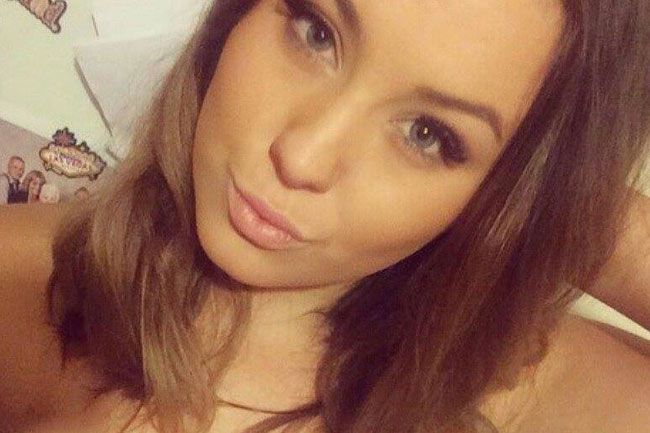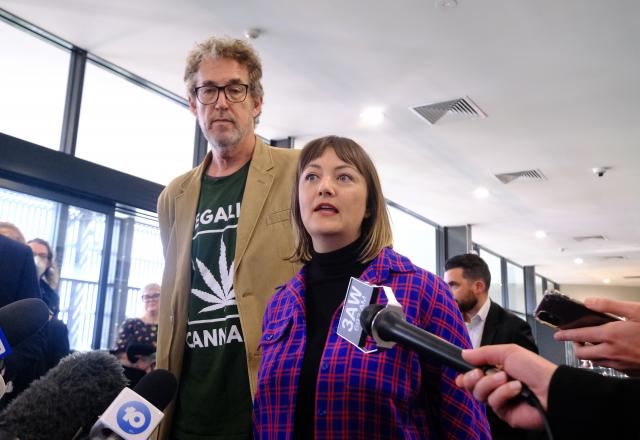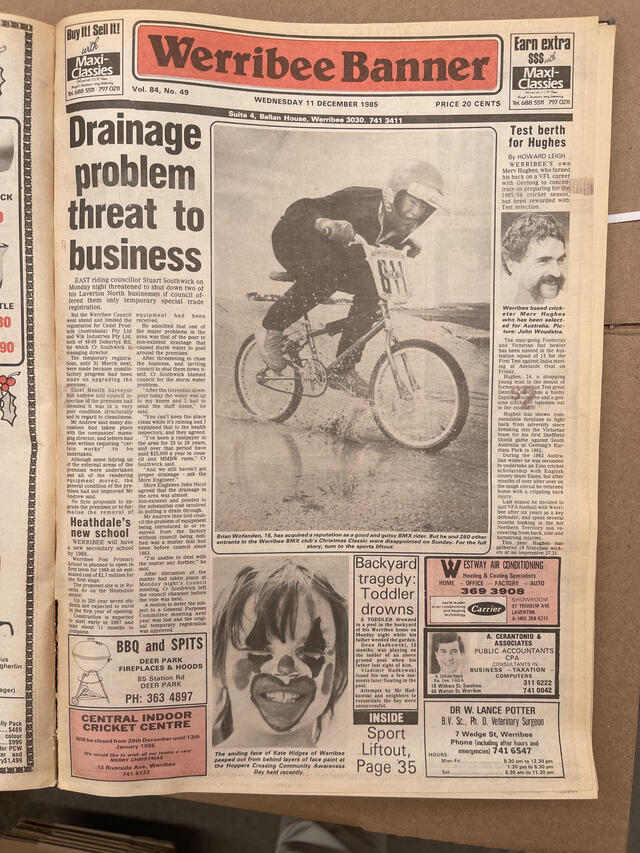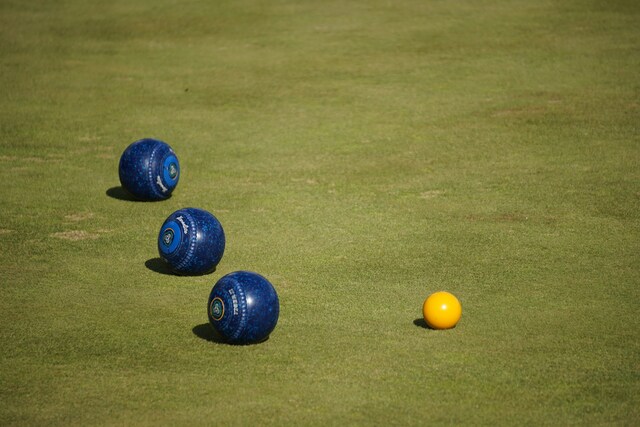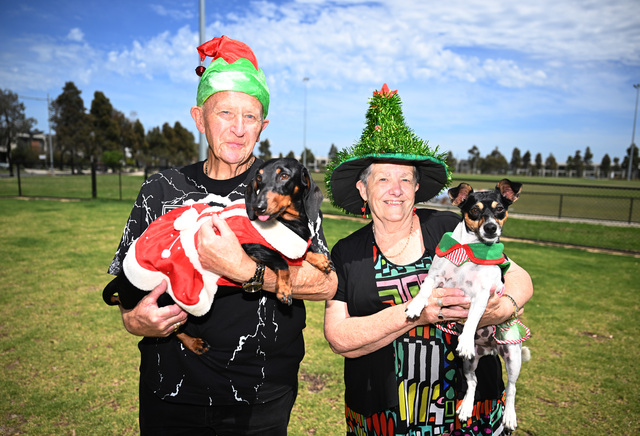Thunderstorm asthma will go under the microscope in a bid to predict, and prevent, similar events to last November’s storm that claimed nine lives.
The state government will pour $1 million into research into the causes and prevention of thunderstorm asthma events after a preliminary report by the inspector-general for emergency management noted that not much was known about it.
Ambulance Victoria was flooded with more than 2332 calls in the 12 hours between 6pm, November 21, and 6am, November 22, as a storm swept through Melbourne.
Hoppers Crossing law student Hope Carnevali was one of thousands to be struck down with thunderstorm asthma, triggered by the sudden, thundery cool change.
The 20-year-old died on her front lawn as family members desperately waited for an ambulance.
Hope was one of nine who died, while about 4000 others presented to hospitals across Melbourne with respiratory problems.
State Health and Ambulance Services Minister Jill Hennessy said the government was pledging $700,000 to support research into the underlying causes of thunderstorm asthma and ways to forecast future events and $300,000 to expand the state’s pollen monitoring network.

